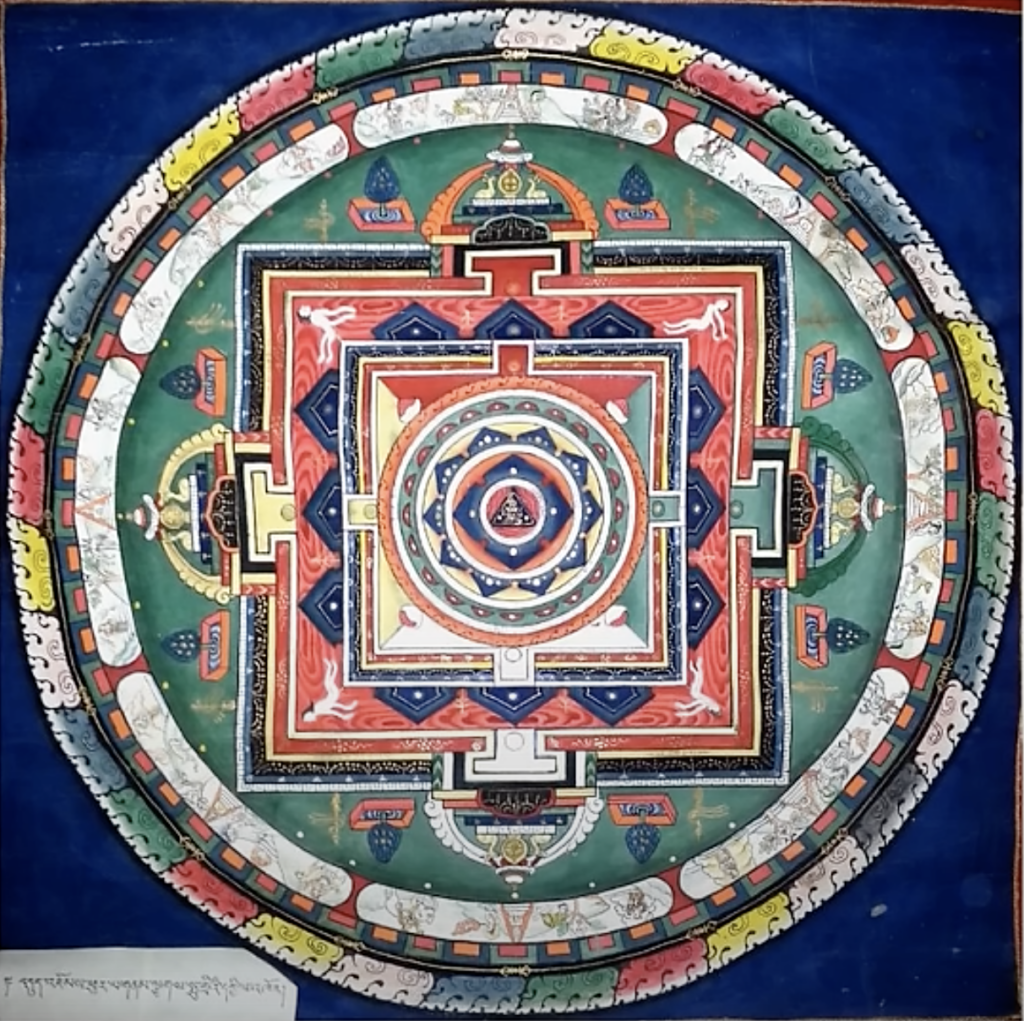Mandalas are monuments that, due to their harmonious conformation, are capable of promoting thoughts that produce pleasant feelings and emotions.
Mandalas are graphic (two-dimensional drawings) or spatial (three-dimensional) representations of the multiple possibilities of harmonic geometries, which use essential elements, symmetries, designs, colors and materials, which are transformed into a model that represents the characteristics and conditions necessary to project aesthetic content, a feeling of well-being and peace.
Mandala in Sanskrit means circle or ring.

This type of representation is recognized in numerous native cultures, both in Mexico and in various parts of the world. There are different types of mandalas, each related to a particular purpose, energy or intention. Since ancient times they have been used as focuses for meditation, prayer, healing, teaching or the establishment of sacred spaces.
In Buddhism the mandala represents the map of the structure of reality, communicating the idea of unification. It is a structure of great power that contains the energy to confer benefits that permeate the five elements throughout the planet (water, earth, fire, air and space). These benefits are vast and powerful, capable of restoring harmony (ecological, social and personal) to the Earth and its inhabitants.
